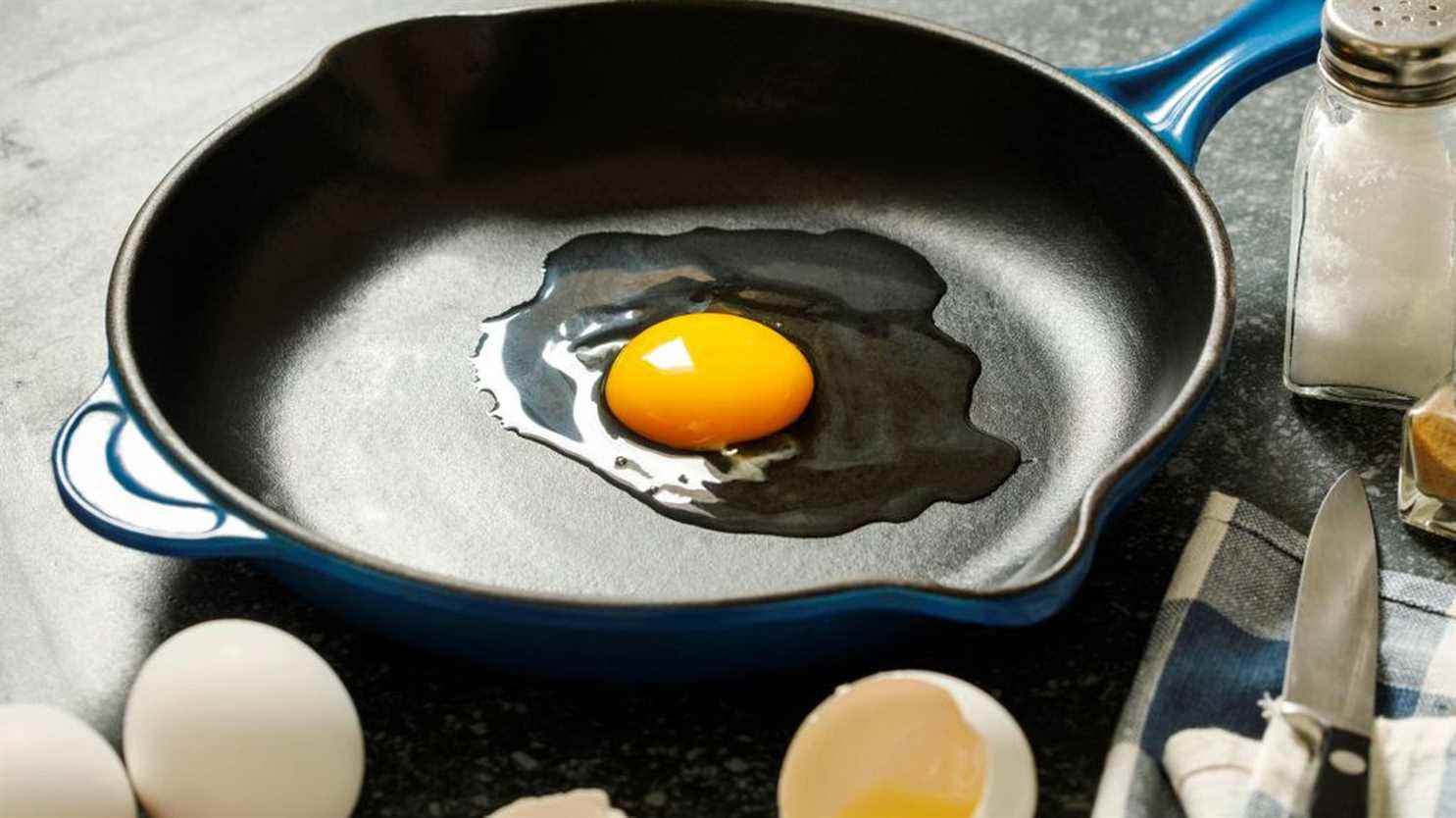Amine Meslem, journalist at 60 Million consumers invites us to go to the kitchen as lunch approaches. In the brand new April issue, he signs a dossier on non-stick pans: “The frying pans on the grill, we want them to be toxic-free”.
franceinfo: Are they safe? That’s the big question you ask in the title. Why should we worry?
Amine Meslem: The subject is sensitive due to suspicions about polytetrafluoroethylene or PTFE, better known as Teflon. In question, a chemical compound used for decades in its manufacture: pentadecafluorooctanoic acid or PFOA. The latter can indeed alter the development of the fetus, weaken the immune system and increase the risk of developing cardiovascular diseases, cancers of the kidney or the testicles.
As PFOA is dangerous, it is prohibited. What do your tests say? Have all brands really banned it?
Since July 4, 2020, a European regulation prohibits the manufacture of this element, and its use in everyday consumer items. The manufacturers ensure that the materials used no longer pose any health risk. But during our tests, we observed that three pans with a Teflon-like coating released PFOA into the food. However, the quantities detected were very low. Which leads us to think that PFOA was probably not used in manufacturing.
Its presence may be due to pollution introduced during the design, packaging or transport of the stoves. European regulations also tolerate its presence, unintentional, in traces in articles. The fact remains that this toxic compound was detected on three models even though they bear the mention “PFOA-free”.
Do our stoves release other compounds that are worth monitoring?
Yes, we have also detected the release of substances that are related to PFOA on certain non-stick pans. These are perfluorinated compounds which, if not prohibited, are suspected of having toxic effects such as PFOSA or PFHxA. In one model, the migration of aluminum into the food was also observed.
As for steel pans without non-stick coating, it was found that they all gave off iron. There is even one, in non-stainless steel, which greatly exceeded the regulatory threshold.
Overall can we say today that there is nothing to be afraid of when cooking a fried egg? Can we use our non-stick pans?
There is no health alert, because the substances in question have been detected at levels generally well below the authorized thresholds. But these results are still worrying. Especially since the stoves are mostly devoid of any information on the composition of their coating. In addition, some products display the claim “guaranteed PFOA-free” even though our analyzes show that they may contain it. This lack of transparency undoubtedly penalizes the consumer’s freedom of choice and conceals the potential toxic risk.
Is the way we use our stove, with scratching utensils, washing it haphazardly with thermal shocks, etc. can increase the few risks associated with the use of non-stick pans?
To avoid premature wear of their non-stick coating, a few precautions must be taken. First, do not let the frying pan heat up for a few minutes empty at the risk of damaging the bottom. Place the food or fat in it as soon as possible, even before switching on the heat source. Then gradually increase it to the desired temperature.
In order not to scratch the coating, give preference to wooden or silicone utensils. Once cooking is complete, allow the pan to cool before running it under running water to avoid thermal shock. Rather than putting it in the dishwasher, wash it by hand with a non-abrasive sponge.
You devote a small insert to this question: When should you change your non-stick pan?
Some manufacturers say they have to be changed after five years. But the only rule that prevails is the integrity of the coating. If it is scratched, then you have to get rid of the pan. Unfortunately, there is not yet a sector dedicated to their recycling. But some brands sometimes organize collections to recycle them, in partnership with brands.
